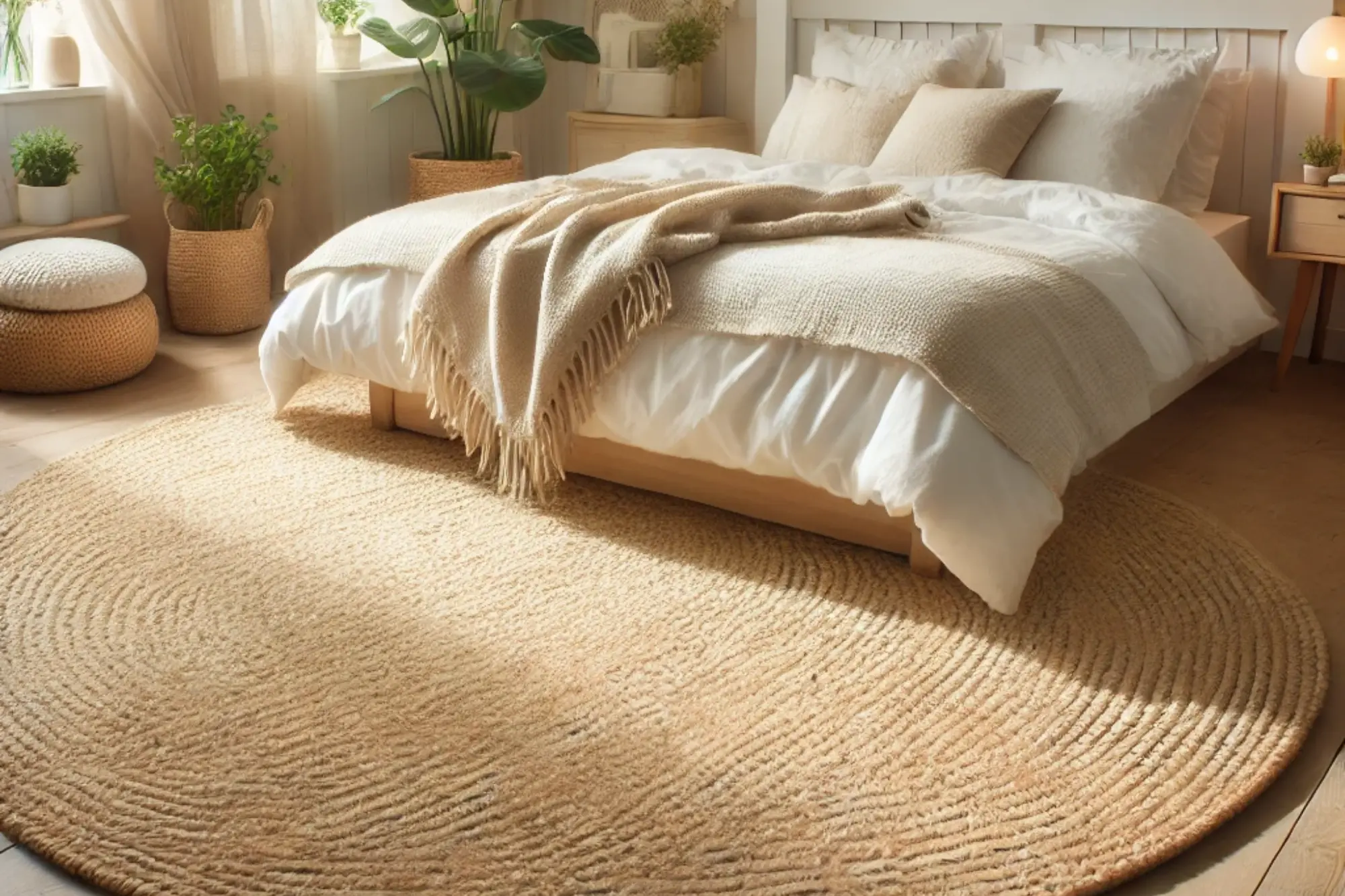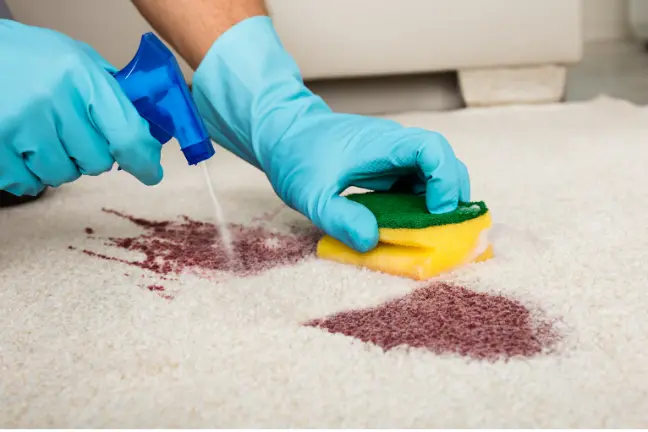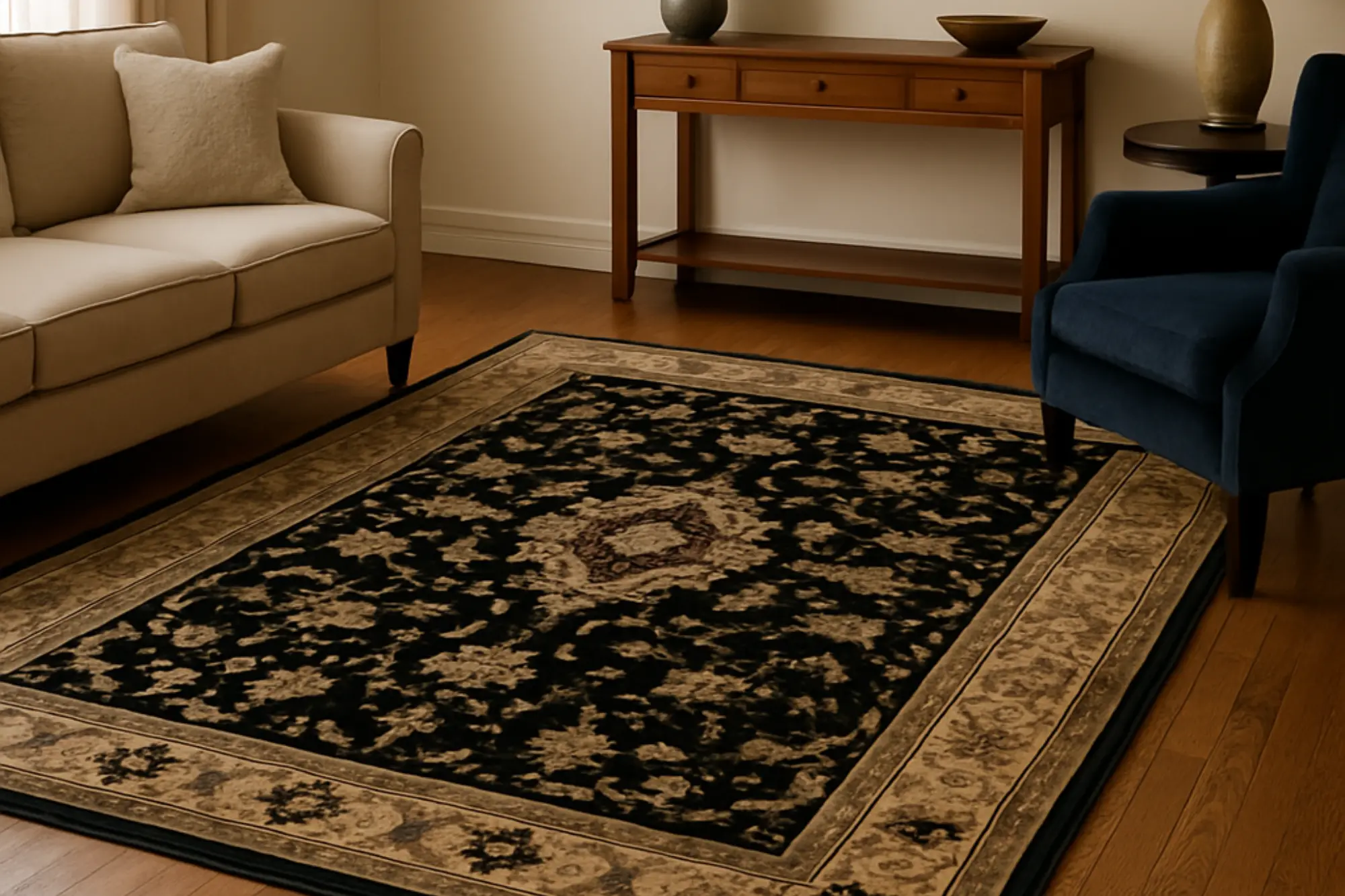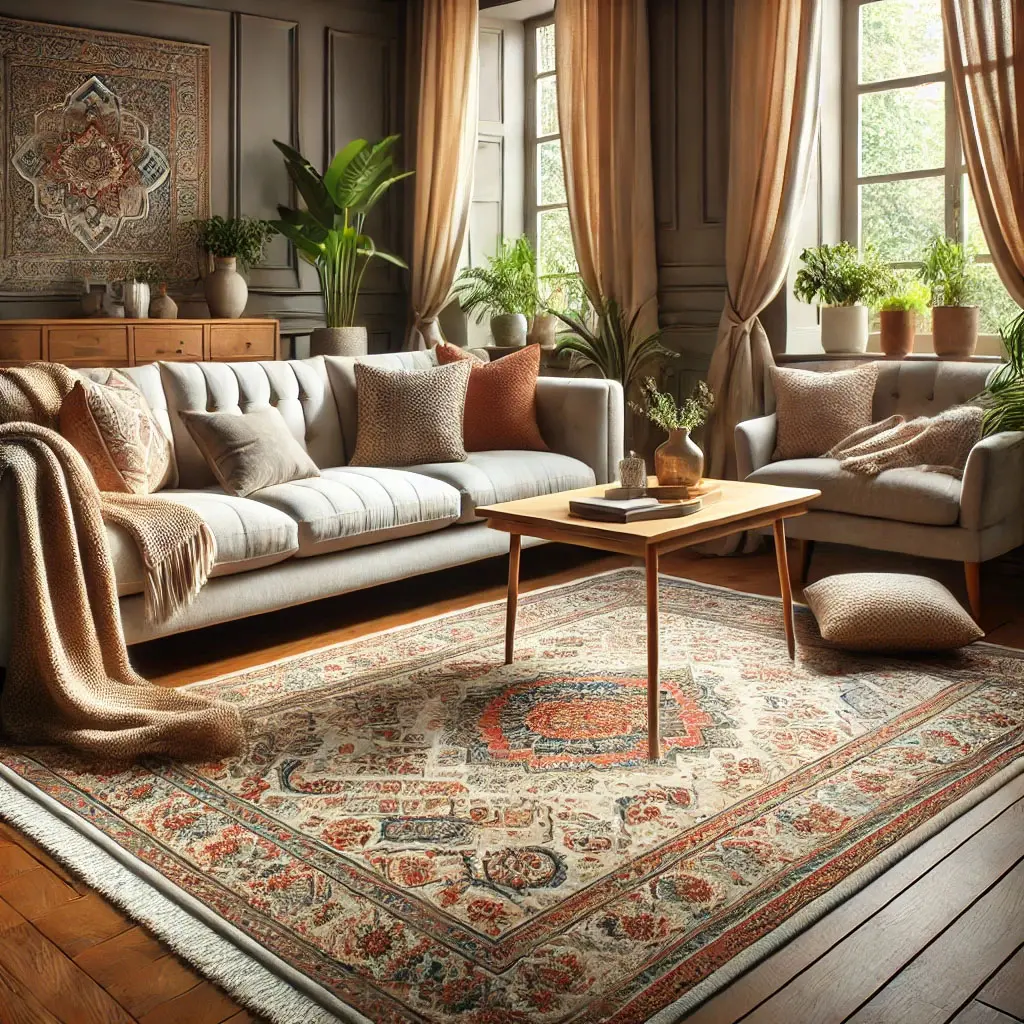Meaning of signs and symbols on antique Persian rugs
Apart from their astonishing capacities of being the perfect complement for home decorating, one of the most interesting fascinations of Oriental rugs , in general, is their detailed designs, and the things they represent, be it religious, natural, or a depiction of life.
The signs on Persian rugs can represent many things; among them, you can find the history of a community, several Islamic monuments or buildings, the beauty of nature, and even some more religious themes.
This blog post will unveil the meaning of signs and symbols on antique real Persian rugs. So if you are interested in the mystery behind these beautiful symbols, patterns, and pictorial designs, you are welcome to keep reading today’s post!
Meaning of signs and symbols on antique Persian rugs
One of the most interesting fascinations of Oriental rugs is their detailed designs which include many different types of designs and motifs. In this article, we will discuss the meaning behind these patterns and pictorial designs on authentic signature Persian rugs.
what do Persian rugs symbolize?
Some examples of these are the medallion, which represents a hanging precious stone in the middle of the rug, the Tree of Life, which is a representation of one of the most ancient religious symbols of human life, or the Garden of Paradise, which is symbolic of heaven in Persian tradition. Other rugs are commonly made to portray elements of daily life, just as Tabriz rugs , with hunting designs hand knotted in them.
How to identify a rug’s origin?
Oriental rugs are known for their many different variants, which can change in design, manufacturing technique, geographic origins, and communities producing them: some of the many variants we can find are Tribal rugs , Shiraz rugs Mahal rugs , and Kilim rugs . Each with its unique features.
To understand where our Persian rugs are made, it's important to understand that almost every oriental rug is made in Iran, Pakistan, China, Egypt, and India. And, according to experts, the key to understanding the origins of a rug is not the design, but the weave, which is visible from the back of the rug.
For instance, a vintage Turkish rug will often showcase wool warp, symmetrical knots, and wefts that are not plied, while it is the weaving size that makes the difference between an Indian rug and a Persian one.
What do the Persian rug motifs mean?
The use of pictorial patterns, which is at the same time artistic and symbolic, has always had a special place in Persian rugs. This is one of the main features that makes Persian rugs so interesting and attractive. The patterns on Persian rugs are usually made up of geometric shapes, plants, or animals.
Here are some examples of typical motifs found on Persian rugs:
The main shapes used to create these symbols are geometrical figures such as squares, rectangles, or hexagons, combined and used together to represent figures from nature, daily life, or religion. We are now going to discuss the meaning behind some of them:
- the stars, which often represent good luck and spirituality.
- The peonies, represent power.
- Numbers, which represent dates and times.
- The lotus represents rebirth and immortality.
- The Mihrab is a gateway to paradise.
- The lily represents purity and also spirituality.
- The tree of life represents the path from earth to heaven.
- Camels, represent prosperity and wealth.
There is an infinity of symbols you can find in a vintage rug , and you should bear in mind that having one of the many Oriental rugs, be it Turkish rugs , Moroccan rugs , or Persian rugs as part of your interior design scheme, allows you to have symbologies that were ideated 100 years ago, and therefore have artistic records of ancient history in your very living room.
why are Persian rugs so expensive?
Authentic Persian and Oriental area rugs tend to be rather expensive decor items, this is because of many factors:
- The materials used to build these rugs must be of the highest quality, such as Kurk wool and Silk, which are neither easy to find nor accessible.
- The aforementioned historical value of these vintage rugs has.
- The fact that they are more than floor coverings, they are true pieces of art.
- The mastery required to create these rugs.
How are Oriental rugs made?
There are many different ways to weave Oriental rugs. Some of the most used techniques are hand looming and hand knotting. The former is the weaving of rugs done on pit looms or frame looms which are often placed in the weaver’s homes.
Using this ancient technology, experienced rug makers interlace two sets of yarn; the warp and the weft. The latter includes even more mastery, for it involves the making of each knot the rug will be made of.
How do you tell if a Persian rug is authentic?
You may be interested in the beauty of Oriental rugs but perhaps can't afford the high price put in its price tag. You might then be tempted to buy a fake, which is surely less expensive. However, this is not worth the risk.
An authentic Persian rug will last for generations while a fake will only last for a few years at best. There are some techniques to find out if the rug you want to buy is authentic or fake. Two of them are:
- There is the price; the average cost of an oriental rug or carpet is from $250 to $350, depending on its size, material, and type of pattern. Of course, there are higher prices, which might increase depending on the rug’s age and mastery.
- One of the reasons Persian rugs are so acclaimed is because they are a representation of human mastery and effort. An authentic Oriental rug will have some imperfections as a result of the human hand, while fake ones, made by machines, will have a perfect finish.
where to find affordable vintage rugs?
As we mentioned before, Oriental vintage rugs tend to be rather expensive, but there are places in which you can be able to find affordable antique Persian rugs. No need to wonder where to buy Persian rugs online anymore, for here at Magic Rugs , we have what you need.
Magic rugs hold one of the largest collections of rugs online. It showcases the most beautiful curated selections of antique rugs . We sell vintage genuine rugs, which are breathtakingly beautiful and will make a great addition to your home decor.
Be you are searching for area rugs, runner rugs, round, square or rectangular, we have everything you need. We want to make your rug shopping experience as easy and fun as we can.
Can it get any better? Yes, it can! We also offer free shipping. So, what is stopping you from having the rug of your dreams come true?
Explore more trending collections!
Share:




